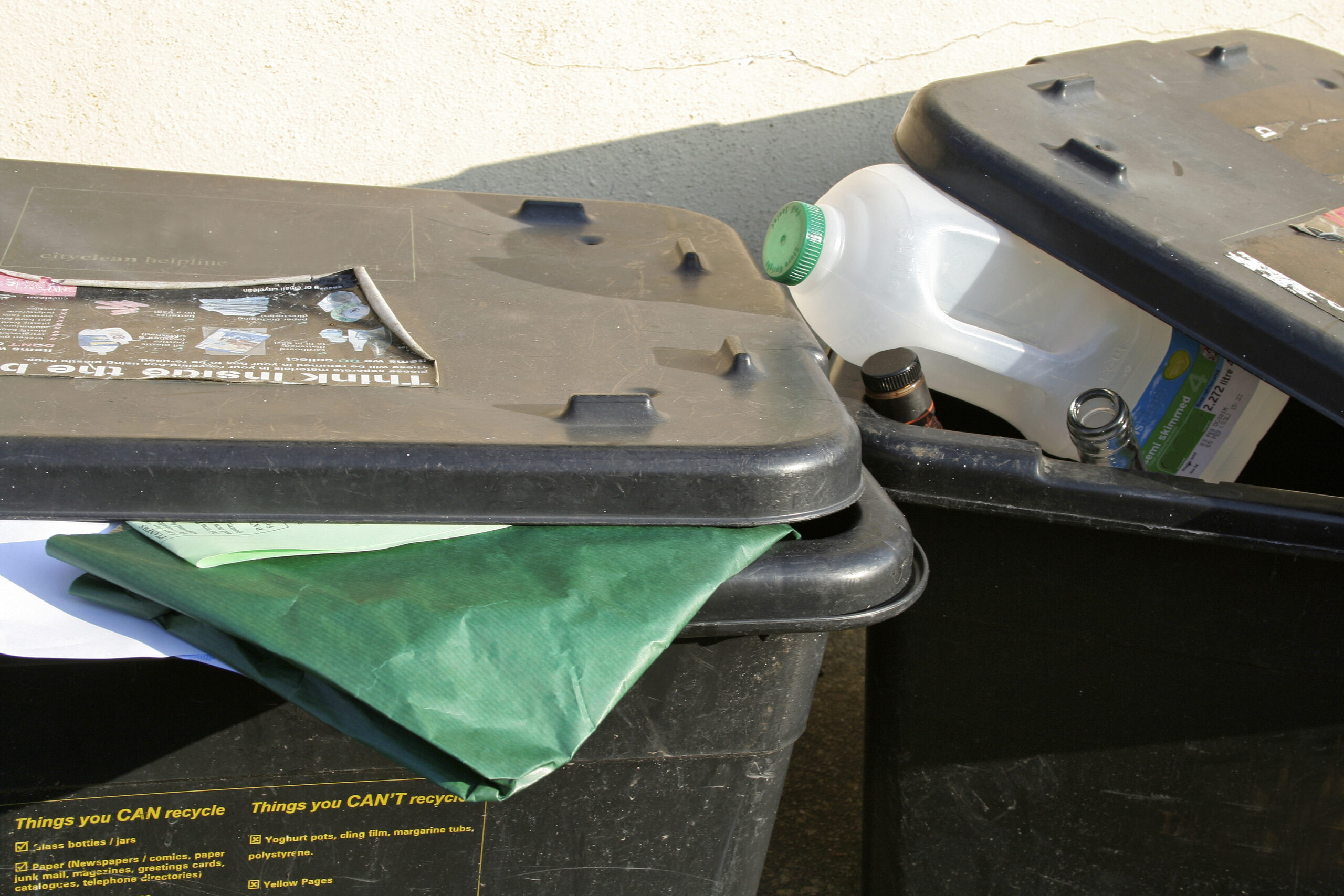22/04/2024
Earth Day is an annual event marked by environmental action and mobilisation across the globe. First observed in 1970, the Earth Day movement today claims to be the largest civic event in the world (here). It aims to “diversify, educate and activate the environmental movement worldwide”. Earth Day is held on 22 April annually, a date originally chosen to be far removed from both Spring Break and university final exams, ensuring good student participation. Each year Earth Day highlights a different aspect of the environmental movement. This year the theme is particularly close to this patent attorney’s heart: “Planet vs. Plastics”.
Bad Management
We have previously reported on the environmental crisis caused by plastic waste, and about the technology which will reduce our reliance on disposable plastic (here and here). Despite this effort, it is estimated that 380 million tons of plastic is produced globally every year. More plastic has been produced in the last 10 years than in the entire 20th century. This in itself isn’t actually a problem. The problem is where all this plastic ends up.
Only 9 percent of plastic waste is recycled globally. The majority is sent to landfill or incinerated, but 22 percent of plastic waste is “unmanaged” meaning it ends up as littler, in open dumps, or in waterways (here). Unmanaged plastic waste is quickly becoming an environmental catastrophe; this is brought home by tragic images of turtles choking on plastic straws, or sea-birds trapped in six-pack rings.
It’s not just animals which need to worry about this tidal wave of unmanaged plastic waste. Plastic eventually breaks down into microplastics which have been found in almost every tissue of the human body. Microplastics are in our blood, our lungs, our breast milk, and even in our brains (here). While the health consequences of this pollution have not yet been established, there is a growing body of evidence linking microplastics and associated chemicals to a variety of health issues including low fertility, diabetes, and even some cancers (here).
Trick or Treaty
In an effort to mitigate this looming catastrophe, Earth Day 2024 calls for a 60 percent reduction in the production of plastics by 2040. In particular, Earth Day 2024 is trying to influence the negotiating parties and key decision makers responsible for the drafting of the upcoming Global Plastics Treaty.
The idea for the Global Plastics Treaty emerged from a UN policy group back in 2017. The overarching aim of the Treaty is to significantly reduce plastic pollution, and its terms will no doubt involve an expansion of plastic recycling provision. Slightly more controversially, the treaty is likely to include a reduction in plastics production; quotas and caps have even been mentioned. We are currently in the middle of five rounds of negotiations so the full extent of the treaty has not yet been fixed.
The third and most recent Session of Intergovernmental Negotiating Committee on Plastic Pollution (INC-3) took place in Nairobi in November 2023. At the session, over 1,900 delegates interrogated the first draft of the Treaty, known as the “zero draft”. Reading the summary of INC-3, it appears that consensus on the language of the Treaty was not forthcoming. A “High Ambition Coalition” of nations, which includes the UK, reiterated their call for “binding provisions in the treaty to restrain and reduce the consumption and production of primary plastic polymers to sustainable levels”. By contrast, a representative speaking on behalf of the Gulf Cooperation Council said that it was important to “recall the importance of plastics to human life and their contribution to the growth of international trade and economies”, and instead argued that the Treaty “should focus on the sound management of plastic waste and guarantee a just transition that would enable countries to have access to the appropriate technologies and innovations, including enhancing the design of plastic to make it more recyclable” (here). Perhaps unsurprisingly, the major petrochemical producing nations appear to be dragging their feet. In a closing statement, the representative for Saudi Arabia even argued that “we aim to address plastic pollution, and not limiting [sic] plastic production” and said that the Treaty should not be legally binding (here).
The latest draft text of the Treaty is an impenetrable 69 page tome of complex legalese (here). Different options are presented for almost every provision. Indeed, the parties have not even agreed whether the objective of the Treaty should be to “end plastic pollution” (Option 1), or to “protect human health and the environment from plastic pollution” (Option 2). It seems we are a long way from reaching an accord; but with the Treaty scheduled to be signed at a diplomatic conference in mid-2025, the parties need to find some common ground sooner rather than later.
Green Market Forces
Even the most ambitious environmentalists acknowledge that we will still need plastics for many years to come. As a result, any cut in plastic production must be paired with innovation to reduce global plastic pollution. To facilitate the uptake of this innovation, the World Intellectual Property Office (WIPO) has developed “WIPO GREEN”, an interactive marketplace which connects green technology innovators with investors and companies looking to commercialise their ideas (here). WIPO GREEN has built the marketplace with data from its own patent register, and it invites patent owners with relevant technologies to participate in the project. Today WIPO GREEN includes nearly 130,000 green technologies, including 80 technologies related to plastics recycling, 36 technologies for separating plastics, and 26 technologies in the recently curated “green plastics” collection (here).
WIPO GREEN is a great example of how existing patent registers can be leveraged to unlock the wealth of knowledge and innovation they hold. Not only can this deliver value for inventors and patent owners, in this case the vital knowledge sharing can be used accelerate the reduction of plastic pollution.
So while innovators do there bit, it will be up to the policymakers to decide the extent to which this technology will play a part in the drive to eliminate plastic pollution. The next opportunity for further negotiations will take place at INC-4 at the end of April 2024 in Ottawa. This patent attorney will be watching closely.
This article is for general information only. Its content is not a statement of the law on any subject and does not constitute advice. Please contact Reddie & Grose LLP for advice before taking any action in reliance on it.



